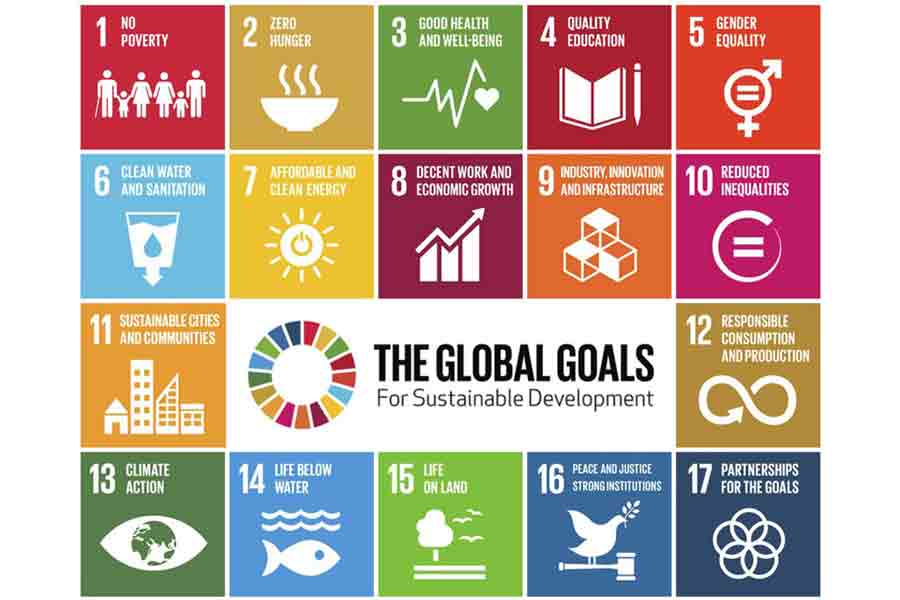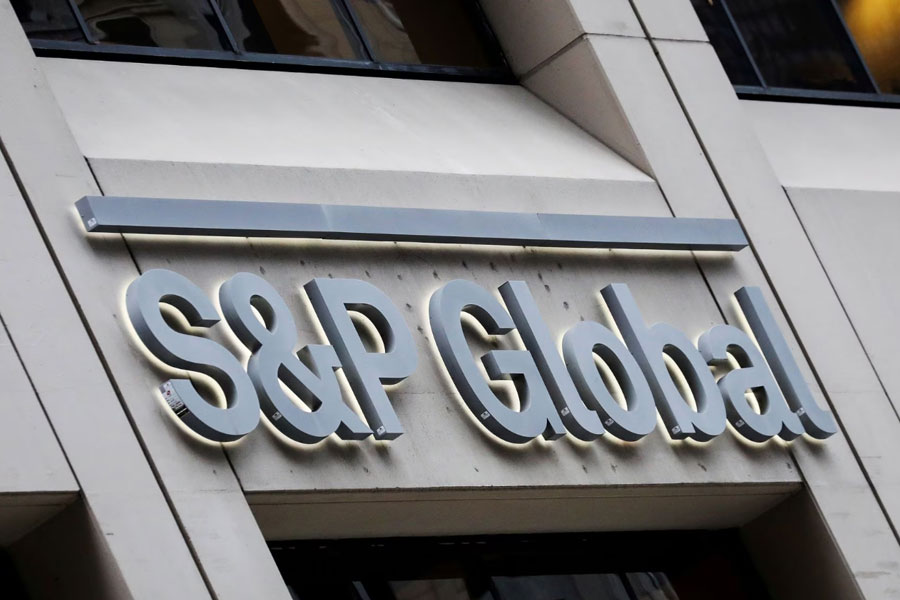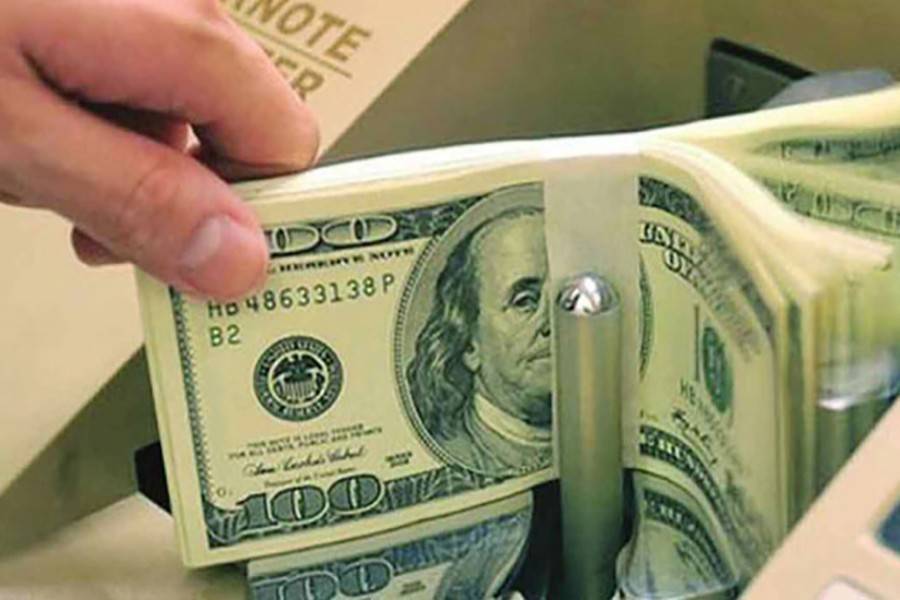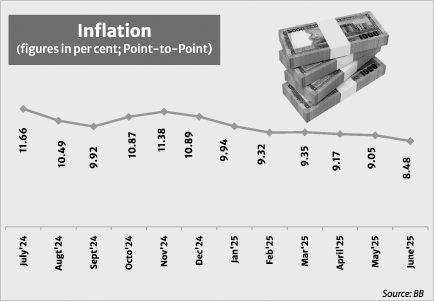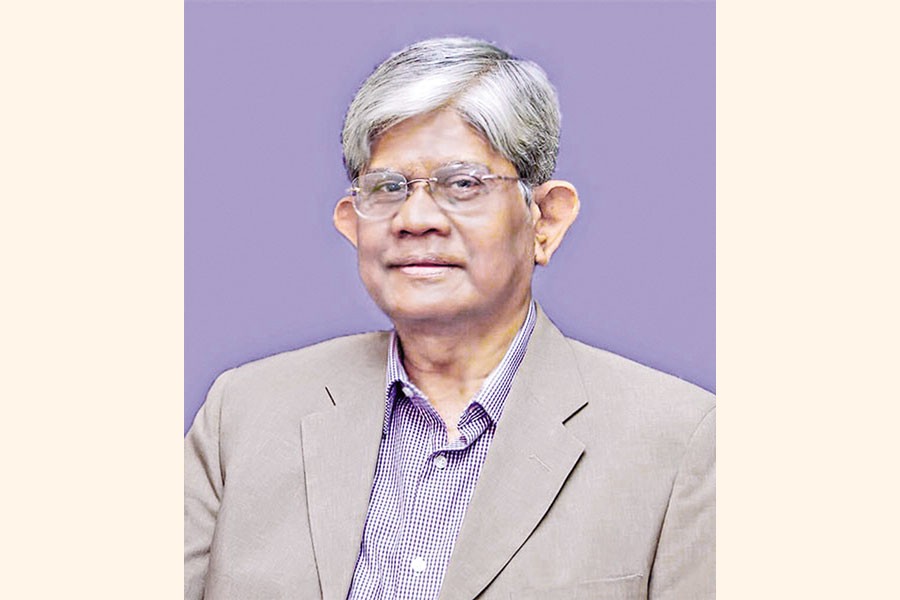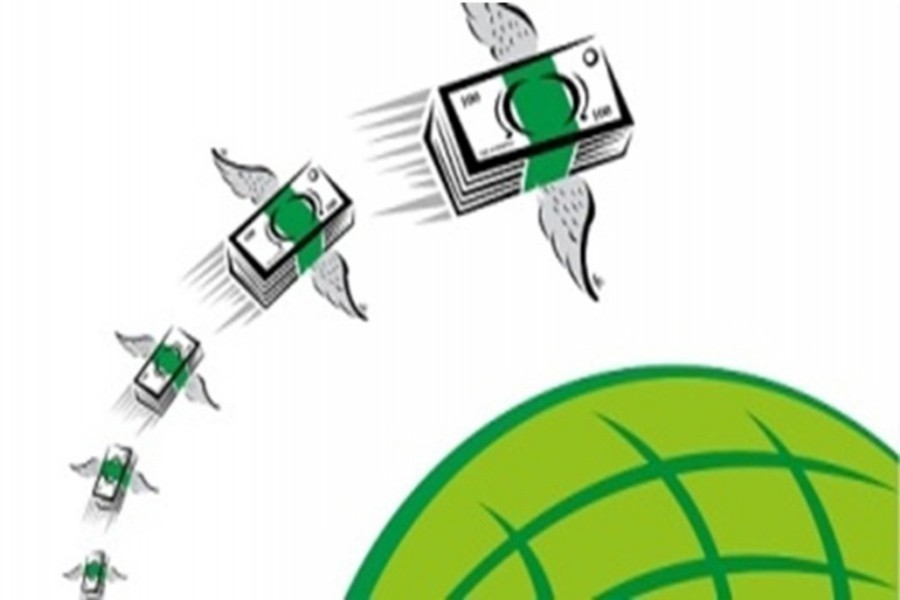- Copy to clipboard
- Thread starter
- #801
Saif
Senior Member
- Joined
- Jan 24, 2024
- Messages
- 15,397
- Reaction score
- 7,865
- Points
- 209
- Nation

- Residence

- Axis Group

For Bangladesh, this means the following:
Fighting Corruption. A credible anti-corruption drive is indispensable. But beyond symbolic gestures, anti-corruption efforts must focus on recovering lost revenues from systemic evasion by powerful business interests. Holding unscrupulous businesspeople accountable for unpaid taxes and illicit wealth transfers could yield a substantial fiscal dividend, potentially more significant than what could be gained by broadening the tax base among low-income earners. Targeted audits, forensic investigations, and enforcement of tax laws on high-net-worth individuals and politically connected firms should be top priorities.
Broadening the Formal Economy. Encouraging formalisation through digital payments, simplified registration, and incentives for SMEs can expand the tax base. Policymakers might consider Vietnam’s experience, which has made notable progress in formalizing its SME sector over the past two decades, beginning with the 2005 Enterprise Law. This progress was achieved through a combination of legal reforms, administrative simplification, financial incentives, and the use of digital tools.
Reforming Tax Expenditures. Rationalising exemptions and incentives that benefit the wealthy disproportionately. Consider replacing blanket corporate incentives with performance-linked tax credits tied to job creation or export diversification. Review and gradually phase out ineffective tax holidays for special economic zones.
Improving Public Spending. Tax compliance will only improve when citizens see visible benefits from their contributions, such as clean water, reliable roads, and quality schools. Consider implementing pilot participatory budgeting in municipalities, enabling citizens to help prioritize local spending on schools, roads, and clinics, as pioneered in Brazil. Additionally, the government might consider launching infrastructure tracking dashboards that show the real-time progress of public projects funded by tax revenue, similar to India’s Gati Shakti portal. Scaling back or canceling mega projects and redirecting funds to health and education could also be beneficial.
Enhancing Transparency. Publish regular tax data, enforcement outcomes, and the use of revenue in public dashboards. Establish an open-access public finance portal that displays tax collections by sector and budget allocations by the ministry, modeled on the US government’s “USAspending.gov.” Establish a public grievance redressal mechanism that allows citizens to report harassment or corruption anonymously, with mandatory follow-up and accountability measures in place.
Conclusion: Bangladesh’s low tax-to-GDP ratio is not the disease—it is a symptom of a deeper malaise. Fixating on this metric without addressing the underlying rot of corruption, elite capture, inequality, and institutional mistrust will lead nowhere. Taxation is not simply a technical policy instrument—it is a moral contract between citizen and state. And right now, that contract is broken.
What Bangladesh needs is not another donor-mandated revenue target, but a comprehensive political and institutional overhaul that restores public confidence, expands the formal economy, and ensures that taxation serves the many, not just the privileged few. Until that happens, the tax-GDP debate will continue to be a distraction from the country’s real problem: a state that taxes without trust and spends without accountability.
Dr MG Quibria is a development economist and former Senior Advisor at the Asian Development Bank Institute (ADBI). He holds a Ph.D. in economics from Princeton University and has held academic appointments across Asia, North America, and Europe.
Fighting Corruption. A credible anti-corruption drive is indispensable. But beyond symbolic gestures, anti-corruption efforts must focus on recovering lost revenues from systemic evasion by powerful business interests. Holding unscrupulous businesspeople accountable for unpaid taxes and illicit wealth transfers could yield a substantial fiscal dividend, potentially more significant than what could be gained by broadening the tax base among low-income earners. Targeted audits, forensic investigations, and enforcement of tax laws on high-net-worth individuals and politically connected firms should be top priorities.
Broadening the Formal Economy. Encouraging formalisation through digital payments, simplified registration, and incentives for SMEs can expand the tax base. Policymakers might consider Vietnam’s experience, which has made notable progress in formalizing its SME sector over the past two decades, beginning with the 2005 Enterprise Law. This progress was achieved through a combination of legal reforms, administrative simplification, financial incentives, and the use of digital tools.
Reforming Tax Expenditures. Rationalising exemptions and incentives that benefit the wealthy disproportionately. Consider replacing blanket corporate incentives with performance-linked tax credits tied to job creation or export diversification. Review and gradually phase out ineffective tax holidays for special economic zones.
Improving Public Spending. Tax compliance will only improve when citizens see visible benefits from their contributions, such as clean water, reliable roads, and quality schools. Consider implementing pilot participatory budgeting in municipalities, enabling citizens to help prioritize local spending on schools, roads, and clinics, as pioneered in Brazil. Additionally, the government might consider launching infrastructure tracking dashboards that show the real-time progress of public projects funded by tax revenue, similar to India’s Gati Shakti portal. Scaling back or canceling mega projects and redirecting funds to health and education could also be beneficial.
Enhancing Transparency. Publish regular tax data, enforcement outcomes, and the use of revenue in public dashboards. Establish an open-access public finance portal that displays tax collections by sector and budget allocations by the ministry, modeled on the US government’s “USAspending.gov.” Establish a public grievance redressal mechanism that allows citizens to report harassment or corruption anonymously, with mandatory follow-up and accountability measures in place.
Conclusion: Bangladesh’s low tax-to-GDP ratio is not the disease—it is a symptom of a deeper malaise. Fixating on this metric without addressing the underlying rot of corruption, elite capture, inequality, and institutional mistrust will lead nowhere. Taxation is not simply a technical policy instrument—it is a moral contract between citizen and state. And right now, that contract is broken.
What Bangladesh needs is not another donor-mandated revenue target, but a comprehensive political and institutional overhaul that restores public confidence, expands the formal economy, and ensures that taxation serves the many, not just the privileged few. Until that happens, the tax-GDP debate will continue to be a distraction from the country’s real problem: a state that taxes without trust and spends without accountability.
Dr MG Quibria is a development economist and former Senior Advisor at the Asian Development Bank Institute (ADBI). He holds a Ph.D. in economics from Princeton University and has held academic appointments across Asia, North America, and Europe.




